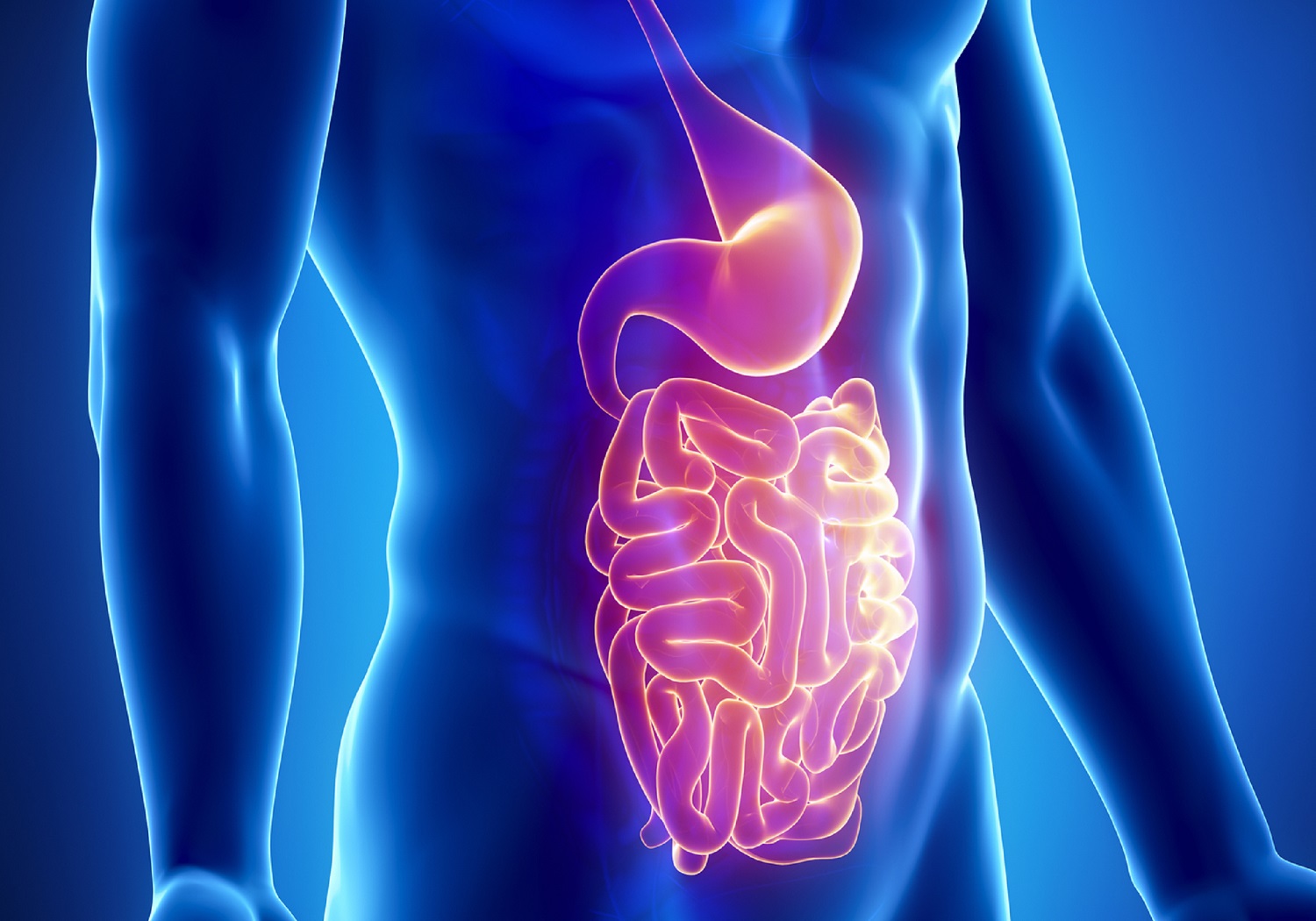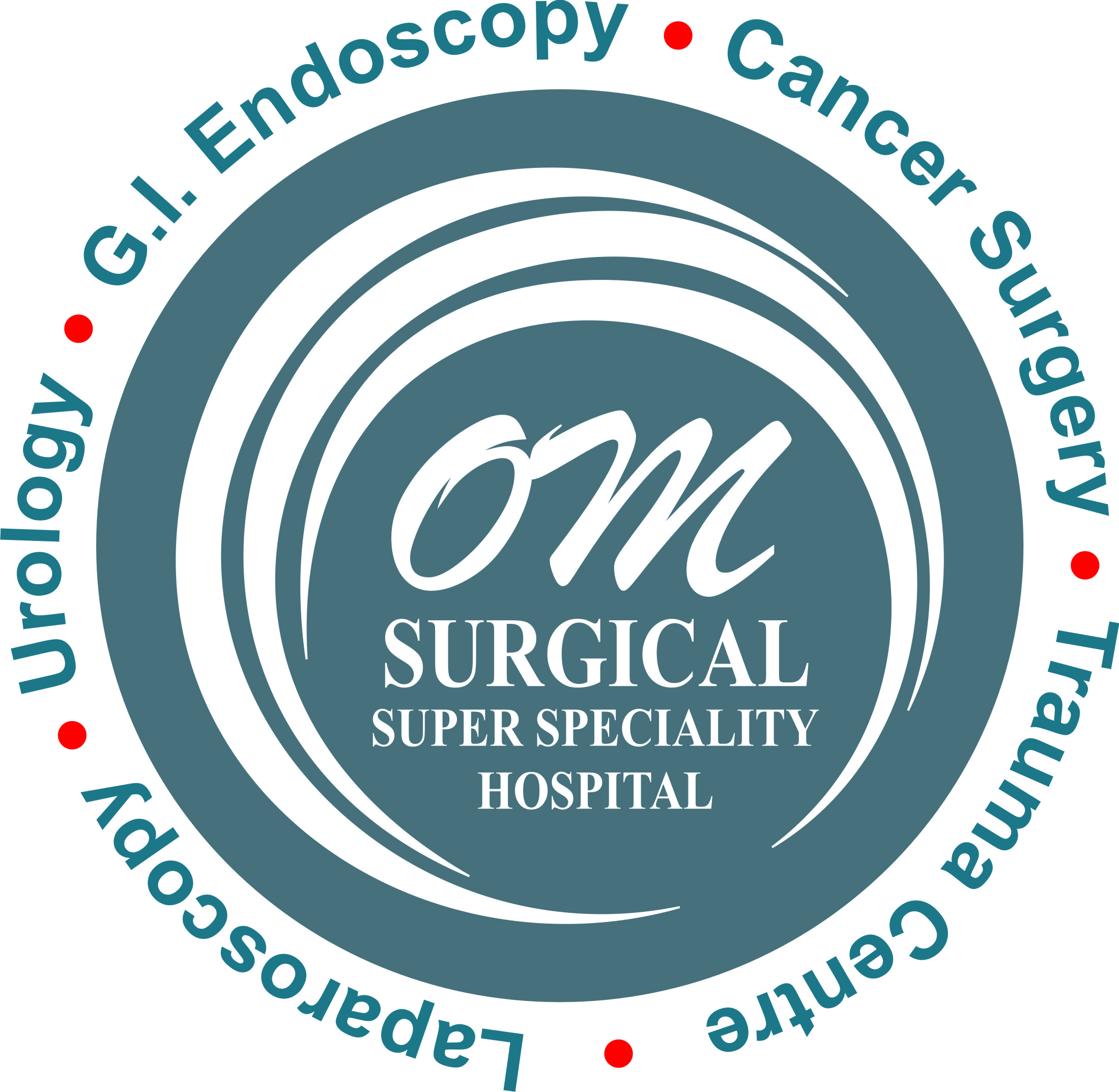-
Call: +91 6351045924
-
Email: osssh@yahoo.com
Flexible Sigmoidoscopy
Flexible Sigmoidoscopy
A flexible sigmoidoscopy entails the observation and examination of the lower part of the large intestine. A ‘sigmoidoscope’ is inserted through the rectum in this procedure, which is minimally invasive. Flexible sigmoidoscopic procedures are performed by doctors when they suspect the presence of diseases like colon polyps, rectal cancer, inflammatory bowel disease and abdominal pains accompanied by sudden weight loss.
What is a flexible sigmoidoscope?
A sigmoidoscope is a special kind of endoscope which is a long tube of around 60 cm. A flexible sigmoidoscope is one with whose attached endoscope is flexible and not rigid. It is inserted through the anus and into the rectal region to assess causes of severe stomach pains, or rectal bleeding. As it is a specialized endoscopic procedure, sigmoidoscopies are generally recommended by doctors for more severe cases of stomach disorders.

Flexible sigmoidoscopy and its usage
With the aid of a flexible sigmoidoscopy, doctors can view internal tissues to assess damage to the system. Severe ailments like polyps, cancer, ulcers and swollen tissue can be assessed and accordingly treated. These ailments affect different patients differently, and thus there is a need for more individualized treatment plans. It is widely used to detect early stages of colon polyps and rectal cancer
Flexible sigmoidoscopy is mainly used by doctors to explain unusual symptoms like abdominal aches, rectal bleeding, unexplained chronic diarrhea, sudden weight loss and/ or change in bowel movement and frequency.
Precautions to be taken before a flexible sigmoidoscopy examination
A normal diet can be consumed till a day before the examination. Patients are advised to avoid eating anything after midnight one night before the exam. On the day of the sigmoidoscopy, patients can consume water, tea and black coffee. The doctor must be informed if the patient uses any kind of blood thinning medication. Heart, blood pressure and respiratory ailments of any kind must also be informed to the doctor prior to the procedure.
The Procedure
It is necessary to clean out the bowels before the flexible sigmoidoscopy procedure. There should be little or no stool in the intestine for the doctor to perform the procedure successfully. A liquid diet is recommended for the day the procedure is to be performed, to ensure the doctor clearer visibility during the sigmoidoscopy.
Doctors may also recommend laxatives for preparation. Bowel preparation can lead to diarrhea in some cases, and it is not advised for patients to travel or move outside home at this time. During the flexible sigmoidoscopy, sedatives or anesthetics and usually not administered. It takes around 20 minutes for the doctor to complete the process. The procedure is very similar to an endoscopy. The area under examination is the sigmoid column of the intestine
Post Operative Care
Patients may experience cramps and bloated feeling in the abdomen, after a flexible sigmoidoscopy. Doctors generally do not prescribe any rest after the procedure, and patients can resume normal diet and activity level after. Doctors recommend specific post-operative care guidelines depending on each particular case in question.
In case the patient experiences fever, abdominal pain, weakness, dizziness or continual bowel movements after the procedure, further treatment and care is recommended.





